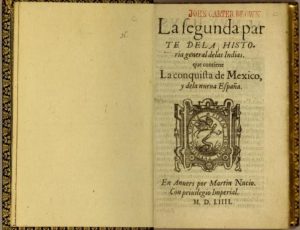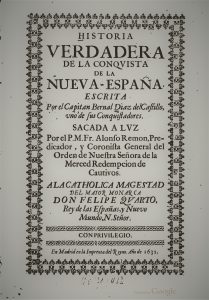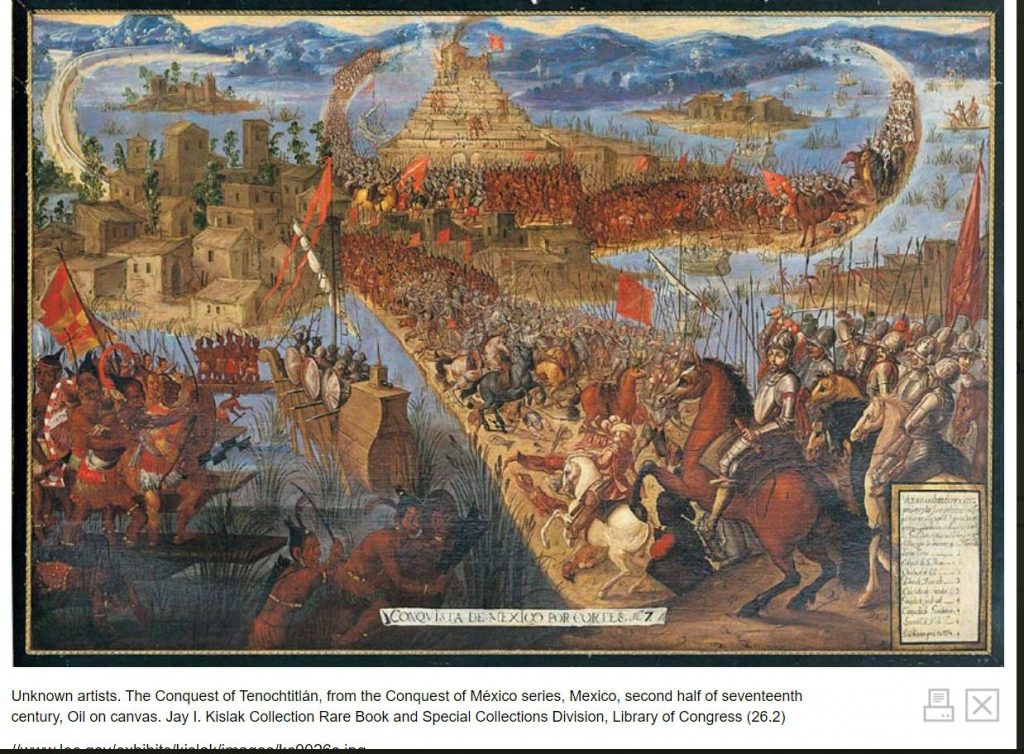Tag: Lessons
Mexico and the conquest of Tenochtitlán (May 1521-2021)
The month of May this year marks the five-hundredth anniversary of the fall of Tenochtitlán (1521-2021). The tragedies that unfolded in the continent after the conquest are well documented. However, as far as the accounts of the fall of the Tenochtitlán are concerned, there are several different opinions and disagreements. What about the letters of Hernán Cortés? Here is the second letter from the WDL
 Also on the archive.org, we see a digitized copy of JCB’s 1552 Francisco López de Gómara’s “La historia general de las Indias, y todo lo acaescido enellas dende que se ganaron hasta agora. ; y La conquista de Mexico, y dela Nueua España.”
Also on the archive.org, we see a digitized copy of JCB’s 1552 Francisco López de Gómara’s “La historia general de las Indias, y todo lo acaescido enellas dende que se ganaron hasta agora. ; y La conquista de Mexico, y dela Nueua España.”
What are some of the primary sources that are now open access and can be used to inform us about the events that unfolded five hundred years ago? One such source is Bernal Díaz del Castillo’s is work, “Historia verdadera de la conquista de la Nueva España.” On the right, one sees a title page of the 1632 imprint of the same that is available in Google Books.
While some often use paintings from the late 17th century to depict and describe the fall of the capital of the Aztecs, these are often functions of the artistic license, and in some cases, we do not know who could have painted them.
The painting, such as the one below, is one example from the Library of Congress’ collection. Can images narrate the nuanced past accurately? These images are from the LOC’s exhibition and also in Wikimedia commons.
But where are the voices of those who were conquered but not vanquished? Can we rely on Codex Florentino as one perhaps contested source? The WDL (from the collection of Biblioteca Medicea-Laurenziana) has made it available for the readers to judge the process that began with the conquest of Tenochtitlán. The LOC’s description reads, “Historia General de las Cosas de Nueva España” (General History of the Things of New Spain), as the Florentine Codex is formally known, is an encyclopedic work about the people and culture of central Mexico compiled over a period of 30 years by Fray Bernardino de Sahagún (1499–1590), a Franciscan missionary who arrived in Mexico in 1529, eight years after completion of the Spanish conquest by Hernan Cortés. The text is in Spanish and Nahuatl, the language of the Aztecs. Its 12 books, richly illustrated by indigenous artists, cover the Aztec religion and calendar, economic and social life, Aztec history and mythology, the use of plants and animals and the Spanish conquest as seen through the eyes of the native Mexicans.”
I leave you with unfinished thoughts. Can a manuscript tell the story? See for yourself by watching Getty Researcher Institute’s five-part series. And with Taibo’s, “¿Historia para qué?”I love Paco Ignacio Taibo II’s argument about who we are? And his questioning of sanitization history where Cortes and Cuauhtemōc are dancing La Sandunga.


